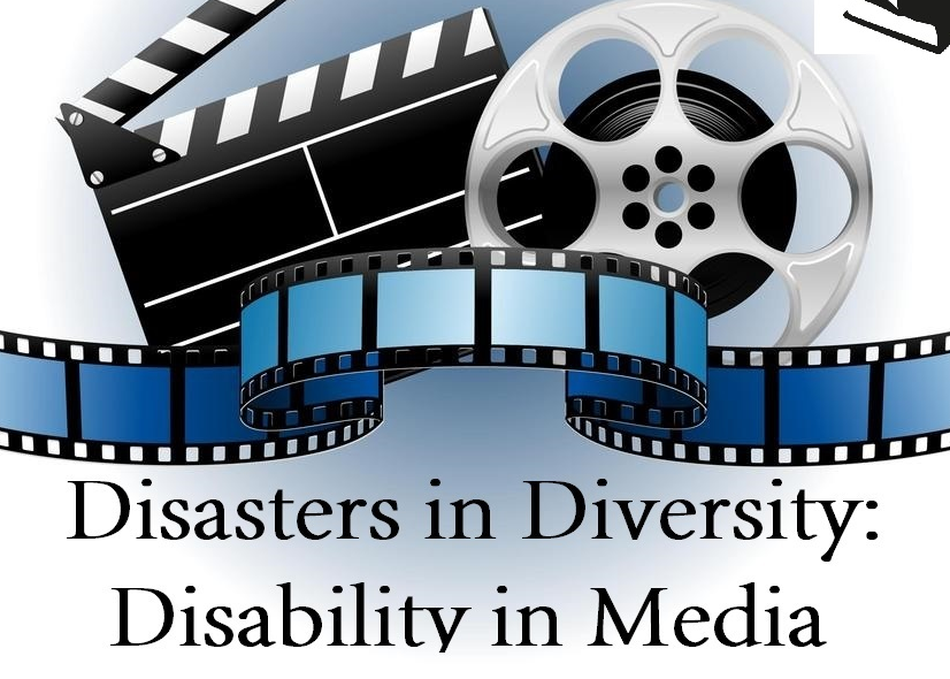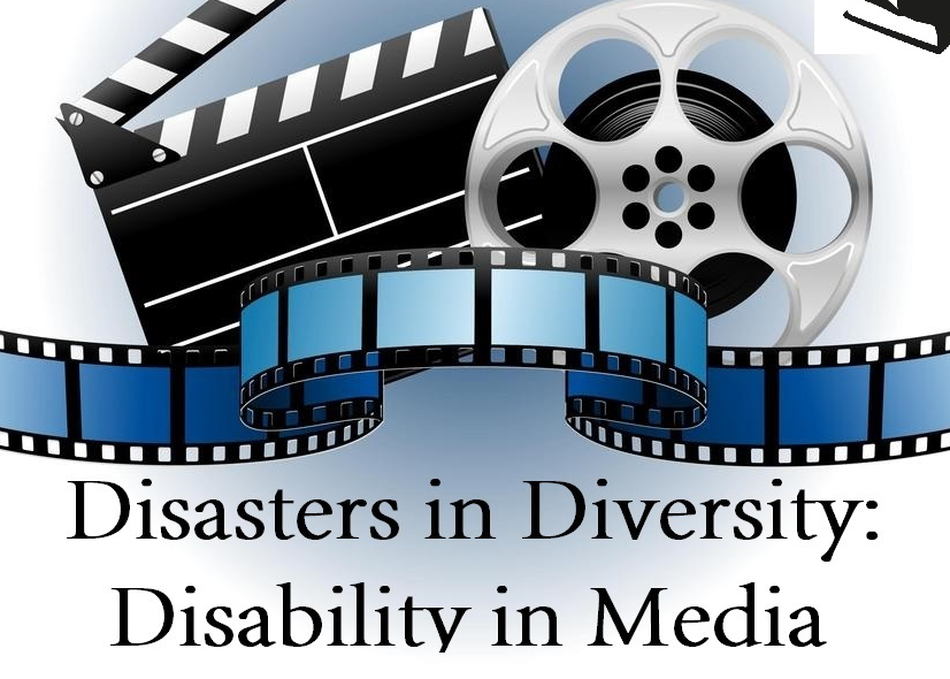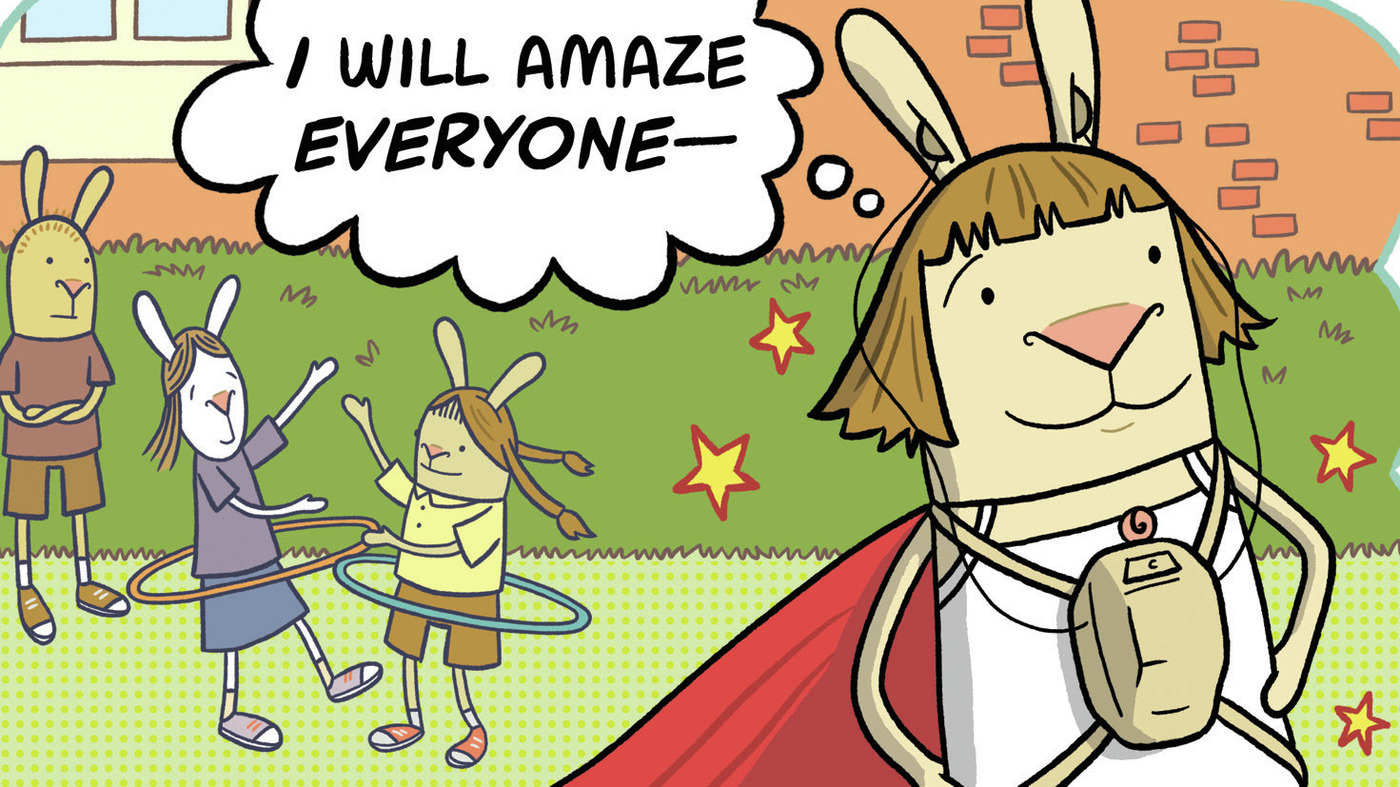It’s no surprise that mainstream media excludes certain narratives. Media representation of disability is especially lacking, although some are trying to take steps in the right direction.
Story by Zoya Zia
Last Monday, founding director of the Lead On Network Day Al-Mohamed, CEO of Nothing Without Us Media Lawrence Carter-Long and director of public policy at AT&T Services Susan Mazrui spoke at a South by Southwest panel discussion about the representation of disability in the media.
Photo courtesy of SXSW
Al-Mohamed is visually impaired and part of the LGBT+ community. She is the editor of the “Trust & Treachery” and recalled her time reading 440 submissions for the anthology over a six-month period. Only seven submissions included main characters with disabilities, and of those seven, six ended up being murderers or victims of murder.
Considering the anthology’s data as evidence of a systemic issue, Al-Mohamed provided several explanations for the lack of representation. Some authors are afraid of being accused of tokenism. Others argue that having a disabled character is not directly relevant to their story. In any case, Al-Mohamed notes that these are empty excuses that do not justify the statistics.
When disability is included in media, there are noticeable trends. The story can focus entirely on the disability as the main reason for the character’s existence. In the “after school special,” as Al-Mohamed describes it, the disabled character serves as an important lesson for the hero to learn from. “Hallmark is kind of guilty of that and so is Lifetime,” Al-Mohamed says.
Stereotypes are another trend in the representation of disability in media. Al-Mohamed conducted more research on Amazon and encountered metaphors including the idea of healing through love, the blind and the beast, the blind psychic and the character who grows up better and stronger. Even when the stories are well-written, they still perpetuate the same narrative.
The reality includes millions of narratives. There are over 56 million people living with disabilities in the country, equating to approximately one in every five Americans. Al-Mohamed told the audience of creatives and artists to include these individuals’ stories and be original when doing so. “You will get things wrong, but just apologize and then do better,” Al-Mohamed says.
Carter-Long has long examined the stories of disabled people in media. He previously curated a film series in New York and watched hundreds of films from the silent era to modern era. Over the course of his research, he says he also noticed some trends.
From Thomas Edison’s “The Fake Beggar” (1898) to Helen Keller’s “Deliverance” (1913) and beyond, Carter-Long discovered three key areas of representation. First, there is the “lost” classic which has not yet been recognized. Other films can fall under the “Art House,” which includes independent and foreign films. Lastly, there is the “Grindhouse,” which Carter-Long says is mainstream and the opposite of the Art House.
Despite the recurrence of these categories, Carter-Long encouraged the audience to broaden their horizons. “Don’t be afraid to take a risk,” Carter-Long says. “Do something outside of what is expected with disability representation.”
Mazrui searches for this kind of risk-taking in children’s books and novels. She is blind and has battled against cancer. Before describing her field of expertise, Mazrui joked that the she developed “a superpower sense of smell during chemotherapy.” This humor eased the tone of the discussion and allowed the speakers to connect with the audience on a deeper level.
For Mazrui, “The Fault in Our Stars” by John Green is a positive example of representation because the characters are multidimensional. “The teens have terminal illnesses, but the writer also includes a quest,” Mazrui says. “The writer provides solid, honest facts that show the characters dealing with life. Their life is not their cancer, it is their quest to grow up.”
In the novel, characters joke about their experiences undergoing chemotherapy or attending a group therapy session. Mazrui argued that John Green understood the nuances of living with disabilities and did his research before writing the novel. “Humor has kept us alive for generations,” Mazrui says. “It’s the ability to look at something horrible and make fun of it.”
Last year, “Me Before You” was criticized for its depiction of a disabled man. Mazrui cautioned against falling back on the “Me Before You” stereotype in which “the most important thing the disabled character does is die and become a vehicle for someone else to become free.”
I have #MeBeforeYou Will’s disability.Stop killing me on film! #liveboldly, fight cripple snuff films. #Mebeforeableism @2ndThoughtsMA
— John Kelly (@JohnBrianKelly) May 27, 2016
Mazrui went on to describe other positive media representations of people with disabilities. Cece Bell has a hearing loss and her graphic novel “El Deafo” is a loose autobiographical account of her childhood. “This is Us” is a television show that looks at mental disabilities including anxiety. “People with disabilities come from all economic backgrounds, all ethnicities and all religions but it is rare to see that on television, film and books,” Mazrui says. “You have to do your research in order to be authentic.”
Photo courtesy of “El Deafo,” a graphic novel by Cece Bell
With these examples in mind, Carter-Long brought the point back to what is normalized and what does not get told. “We see disabled characters dying over and over again, and that sets the narrative,” Carter-Long says. “We don’t see anything else.”
Mazrui added that while these stories can still be good ones, more voices deserve to be told and heard. She praised the example set by the television show “Fresh Off the Boat” for its level of authenticity and jokes. Since she is half-Japanese, Mazrui says she enjoyed the show.
Al-Mohamed agreed that diversity matters in media. She gave the scenario of six people from different backgrounds sitting at a table. “They would provide solutions with better quality and breadth,” Al-Mohamed says. “It’s the same concept with stories. We’re starting to see a push for diverse books including more characters with disability and points of intersectionality.”
An audience member asked the speakers what they have planned for the future. Al-Mohamed is working on a non-fiction documentary about a regiment of Union soldiers with disabilities in the Civil War. Carter-Long is engaging in a project with television, and although he could not disclose much, he says “it’s going to be edgy.”
Mazrui added that she will continue to hold people accountable for fostering an environment that is inclusive to people with disabilities. “It’s okay to ask questions and fumble,” Mazrui says. “It’s not good enough to say I didn’t try.”
Although the process is not easy, more creatives should commit to representing disabled people and their narratives. “We have to be willing to push more and have six different people around the table,” Al-Mohamed says. “That takes effort but solving the issue is worth it.”
In closing, Carter-Long added that disability puts the “d” in “diversity” and that with any program, participants should ask what the disability component is. “If we’re not there, somebody’s not doing their job correctly,” Carter-Long says. “Don’t be afraid to say the word disabled.”













































